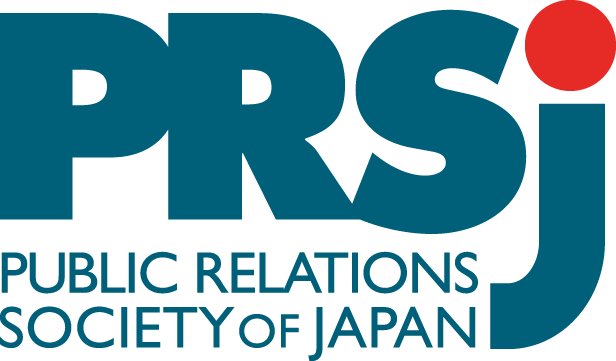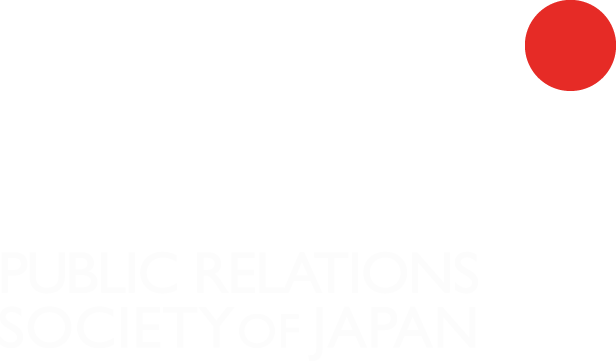Japanese PR Industry Sales Rise to ¥147.9 Billion in FY2022, Up Sharply by 33.1% from FY2020 and by 14.7% from FY2018 According to PRSJ’s Biennial Survey
The Public Relations Society of Japan (PRSJ) announced today that the Japanese PR industry has recovered from the global pandemic and is now expanding strongly, according to the society’s latest biennial industrywide survey. After polling 231 companies in March, the PRSJ estimates that annual sales in fiscal 2022, which ended in March, reached the sales of 147.9 billion yen, up sharply by 36.8 billion yen, or 33.1 percent, from fiscal 2020 and by 14.7 percent from pre-pandemic fiscal 2018.
The PRSJ’s ninth biennial survey of firms engaged in PR and related businesses, which tracks industrywide trends as well as annual sales, polled 206 association members and 25 non-members, of which 57 replied for a response rate of 24.7%. Using this data, the PRSJ extrapolated total sales based on median workforce size and other industry factors.
The survey, which was conducted by post by Hummingbird Inc., also revealed the following current information about Japan-based PR industry firms:
- The average number of employees is 85.2.
- The median workforce size is 20.0 due to the existence of many small firms.
- The ratio of females to males is 51:49, females having declined slightly from the previous survey.
- The share of female directors is 36.7%.
- Hiring plans in spring 2023 average 8.5 employees, more than double the previous survey (3.9).
Brighter Outlook for Sales and Confidence
Respondents indicating that sales are on an upward trend totaled 58%, up from 49% previously. Those reporting “good” business confidence came to 19% versus 11% in the last survey, still low but showing signs of recovery from the pandemic. Regarding future business confidence, 47% said “will improve,” 32% said “will remain the same,” and 7% said “will worsen,” indicating a mostly optimistic outlook.
Top Categories of Work (multiple responses, here and all tables below)
Publicity planning/implementation and media relations continue to account for high volumes of work, but video production, which previously ranked low, is notably on the rise.
| 1. Publicity planning and implementation | 79% |
| 2. Planning and implementation of in-person press conferences and PR events | 74% |
| 3. Media relations | 72% |
| 4. Retainer-based PR consulting | 70% |
| 5. Media monitoring and clipping | 65% |
| 6. Planning and implementation of online press conferences and PR events | 65% |
| 7. Planning and management of owned and social media | 63% |
| 8. Information gathering and analysis | 61% |
| 9. Production and promotion of videos | 60% |
| 10. Planning and implementation of in-person seminars and symposiums | 60% |
| 11. Editorial tie-up advertising | 60% |
Increasing Operational Needs
| 1. Communication related to SDGs and ESG investments | 61% |
| 2. Planning and management of owned and social media | 58% |
| 3. Communication utilizing influencers | 56% |
| 4. Production and promotion of videos | 51% |
| 5. Communication related to diversity and inclusion | 46% |
| 6. Communication related to CSR and CSV | 46% |
| 7. Global communications | 46% |
| 8. Planning and management of events for influencers | 42% |
| 9. PR effectiveness measurement | 40% |
| 10. Publicity planning and implementation | 39% |
| 11. Marketing consulting | 39% |
| 12. Information gathering and analysis | 39% |
Fastest Growing Work Categories
Expanded work is envisioned in areas related to societal issues such as SDGs and ESGs, diversity and inclusion, and CSR and CSV. Also, renewed demand for in-person press conferences and events is anticipated in the post-pandemic era.
(expected growth rate)
| 1. Communication related to diversity and inclusion | +21% |
| 2. Planning and management of owned events for general consumers | +20% |
| 3. Global communications | +20% |
| 4. Planning and implementation of in-person press conferences and PR events | +18% |
| 5. Planning and implementation of in-person seminars and symposiums | +17% |
| 6. Planning and management of events for influencers | +15% |
| 7. PR effectiveness measurement | +13% |
| 8. Communication related to CSR and CSV | +12% |
| 9. Media relations | +11% |
| 10. Retainer-based PR consulting | +11% |
Key Issues Regarding Public Relations Services
Key issues regarding PR services are expected to include human resources, new PR methods and qualitative enhancement. However, while the degree of emphasis on new methods and diversified services has declined from the last survey, demands are rising for qualitative business enhancement and securing quality partners, indicating greater emphasis on quality versus quantity or type of work.
(previous survey)
| 1. Securing and developing human resources | 72% (70%) |
| 2. Developing new public relations methods | 58% (65%) |
| 3. Qualitative improvement of the business itself | 54% (41%) |
| 4. Forming business alliances with other PR firms and subcontractors | 51% (45%) |
| 5. Securing quality partners and subcontractors | 47% (36%) |
| 6. Diversification of service offerings | 44% (51%) |
Key Issues Regarding Corporate Management
PR firms are now emphasizing sales expansion, employee motivation, securing mid-career hires and workstyle revision, with only sales expansion having declined from the previous survey, indicating that PR companies in Japan are emphasizing the enhancement of their human assets.
(previous survey)
| 1. Expanding sales | 67% (77%) |
| 2. Increasing employee motivation | 65% (57%) |
| 3. Securing mid-career hires offering immediate skills | 51% (33%) |
| 4. Reforming workstyles | 51% (45%) |
| 5. Training management successors | 32% (26%) |
| 6. Securing new-graduate hires | 19% (4%) |



